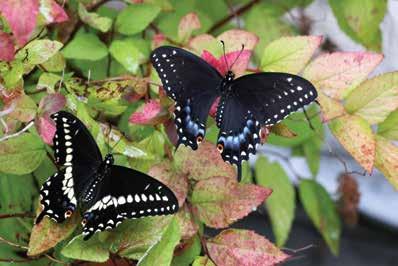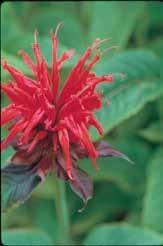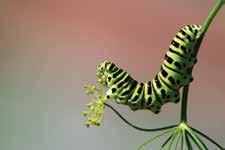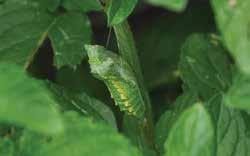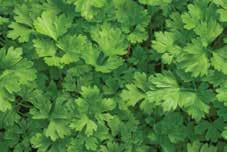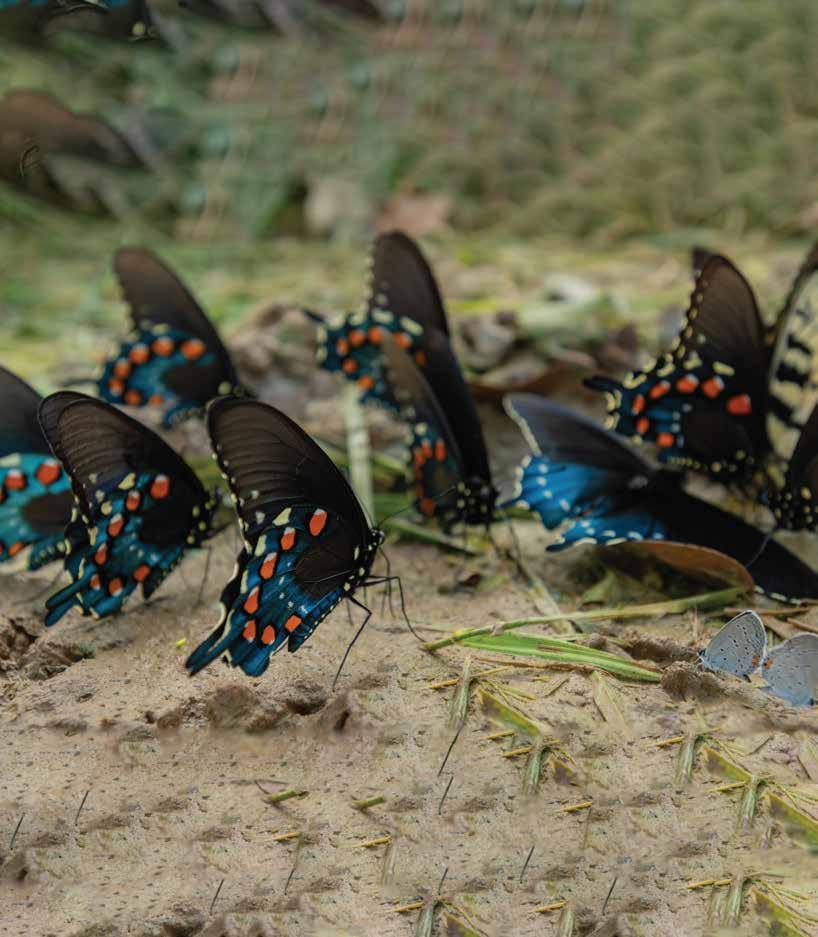

Butter y ID Butterflies Black Swallowtail

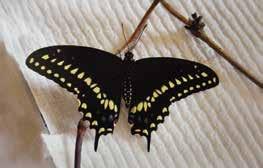
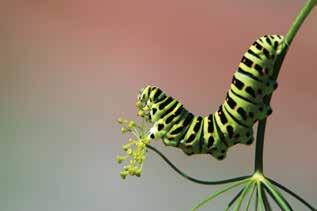
Far from being just a pretty face, the black swallowtail is also quite intelligent. It has been observed to copy the behaviors of other insects in order to confuse predators.
Adult Food Plants
• Aster
• Azalea
• Blue Mist ower
• Tall Verbena,
• Butter y Bush
• Chives
• Clover
• Garden Phlox
• Hyssop
• Indian Blanket
• Lantana
• Liatris
• Milkweed
• Monarda Pentas
• Purple Cone ower
• Spirea
• Sweet William
• istle
• Zinnia
e scienti c name for the black swallowtail, Papilio polyxenes, is derived from an ancient Greek princess, Polyxena.
Female black swallowtails tend to be larger than males.



Female
Male
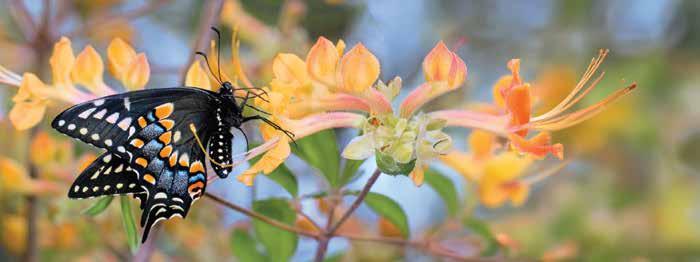
Host & Caterpillar Food Plants
• Carrot
• Celery
• Common Rue
• Dill
• Fennel
• Parsley
• Queen Anne’s Lace
• Wild Parsnip
Black Swallowtail
e black swallowtail butter y is a breathtaking species that can be spotted in various regions of North America. is butter y is distinguished by its remarkable black coloration, which is brilliantly complemented by vivid blue and yellow markings. It is frequently observed in gardens, meadows, and other settings that are rich in owers. It gently drinks nectar from owers with its extended proboscis and a wingspan of up to 3 inches. e black swallowtail is also noteworthy for its distinct caterpillar, which is green and has black bands and a series of orange spots on its back. is species is an indispensable pollinator and is highly regarded by many for its remarkable beauty and grace.
Range
e range of the black swallowtail extends from southern Canada to northern Mexico. It may be found across much of the eastern United States, as well as sections of the western United States such as California, Nevada, Colorado, and New Mexico. e last caterpillar of each summer in Michigan will form a chrysalis and overwinter until spring.
Black Swallowtail Life Cycle
(Papilio polyxenes)
Every year, the black swallowtail has two generations. A er overwintering in the chrysalis, the rst batch of butter ies emerges between late April and early June. A er mating, the females deposit tiny white eggs on the undersides and tips of plant leaves. In 3-5 days, the eggs hatch. e newly emerged caterpillar is black with a white stripe across its midsection. Its body produces reddish-orange spikes as it matures. e white band eventually fades, and the caterpillar develops green and black bands with yellow dots. e second generation of butter ies appears in late summer. e second generation mates and their eggs create the following generation's rst generation.
